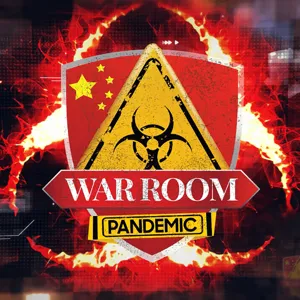By Josh Stylman at Brownstone dot org.
The heart monitor flatlines. The family weeps. The doctors wait exactly 75 seconds - then restart the procedure. In the world of organ transplants, "dead enough" has become a moving target.
The New York Times just reported something most people aren't ready to hear: in the rush to expand organ transplants, procurement teams have sometimes started too early. Not after death - before it was fully established.
This isn't just investigative journalism anymore - it's official. In July, the US Department of Health and Human Services released the results of a federal investigation into the transplant system. Their words, not mine: "Hospitals allowed the organ procurement process to begin when patients showed signs of life, and this is horrifying," declared HHS Secretary Robert F. Kennedy, Jr. The federal report found that at least 28 patients may not have been dead when organ removal began.
This is happening under a protocol called donation after circulatory death (DCD). It's fundamentally different from the more established practice of donation after brain death, where patients have irreversibly lost all brain function and are kept on machines only to maintain their organs. DCD patients still have some brain activity - they're dying, but not yet dead. Doctors determine they're near death and won't recover, but that's a medical judgment call, not biological certainty.
DCD used to be rare. Now it accounts for a huge and growing share of transplants. Every day, 13 people perish waiting for organs that never come. That urgency is real, and it explains why the system feels pressure to expand every possible avenue for donation. But saving lives by potentially taking them prematurely isn't salvation - it's a different kind of death sentence.
This is not a debate about whether transplants save lives - they do. It's about something more fundamental: the line between life and death being treated as a flexible scheduling variable.
The Sacred Threshold
Death has always been humanity's most profound mystery - the ultimate divide between being and non-being, consciousness and void. Modern medicine promised precision: neurological death, cardiac arrest, clinical criteria that could mark the exact moment when a person becomes a body.
But when death becomes a protocol instead of an ontological reality, something essential is lost. As philosopher Ivan Illich argued, when a culture medicalizes every boundary - birth, death, even meaning - it loses its ability to navigate those distinctions without institutional permission.
We're talking about the moment a human being ceases to exist as a conscious entity and becomes, in the system's calculus, a collection of harvestable parts.
The problem runs deeper than protocols.
As bioethicist Charles Camosy observes, contemporary medicine finds itself in "an intellectually embarrassing place: medics and others who haven't thought these matters through and have virtually no training in serious philosophy/theology are making up their moral anthropology as they go to achieve the desired organ outcome." When institutions start optimizing fundamental principles, they lose any coherent framework for understanding what they're actually doing.
When Reflexes Become "Meaningless"
If the definition of "dead enough" becomes negotiable, we've already lost the plot. The donor designation on your driver's license represents more than medical consent - it's a spiritual contract about what happens to the vessel that carried your consciousness through life.
One patient pulled his knees to his chest while being prepped for organ removal, only to have medical staff dismiss it as "meaningless reflexes." In Alabama, Misty Hawkins was wheeled into surgery after being declared dead, but when surgeons made their first incision, they found her heart moving, her chest rising and falling with "gasping respirations." They were slicing into her while she was alive.
Meaningless to whom? In that gesture...





 View all episodes
View all episodes


 By Brownstone Institute
By Brownstone Institute



















